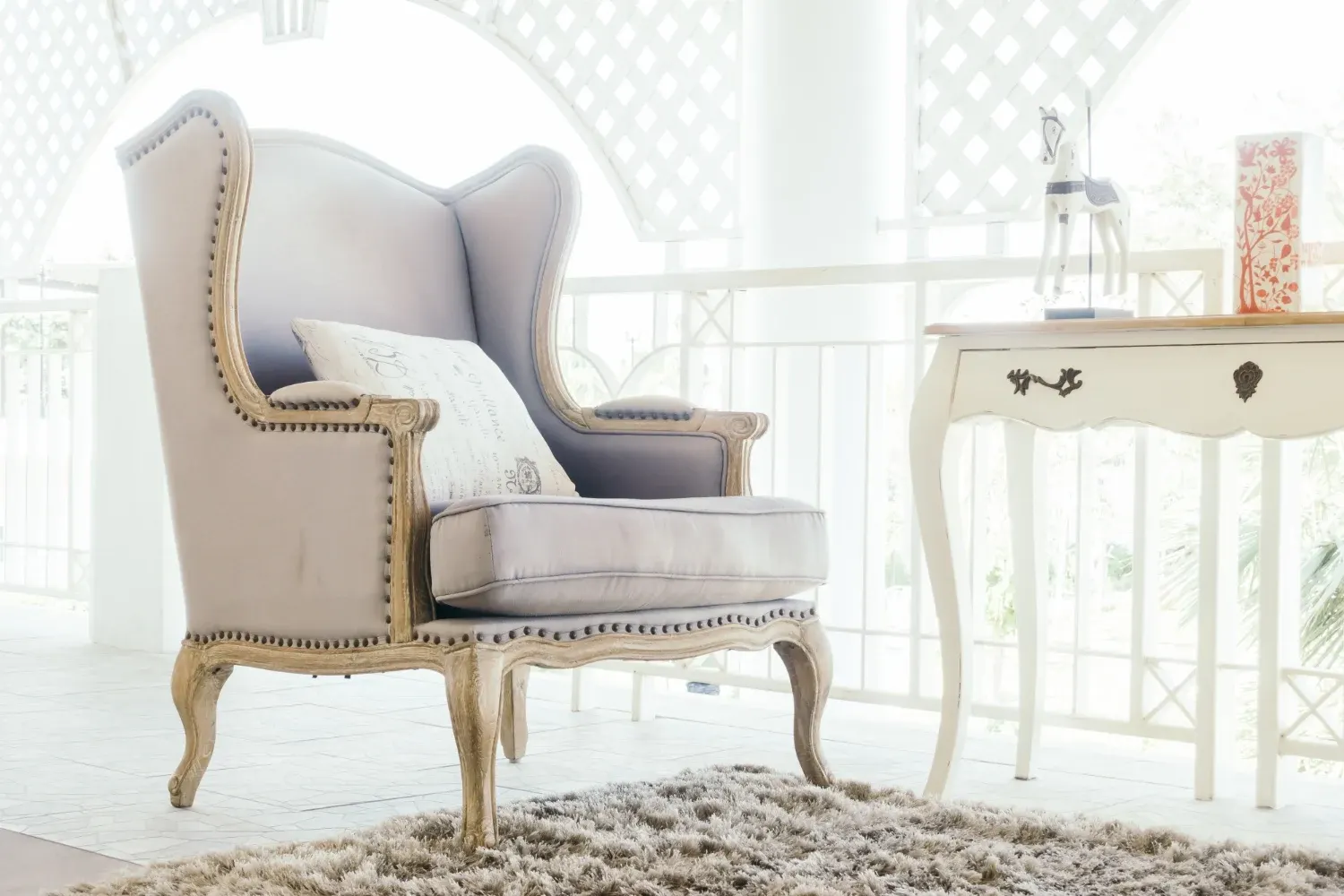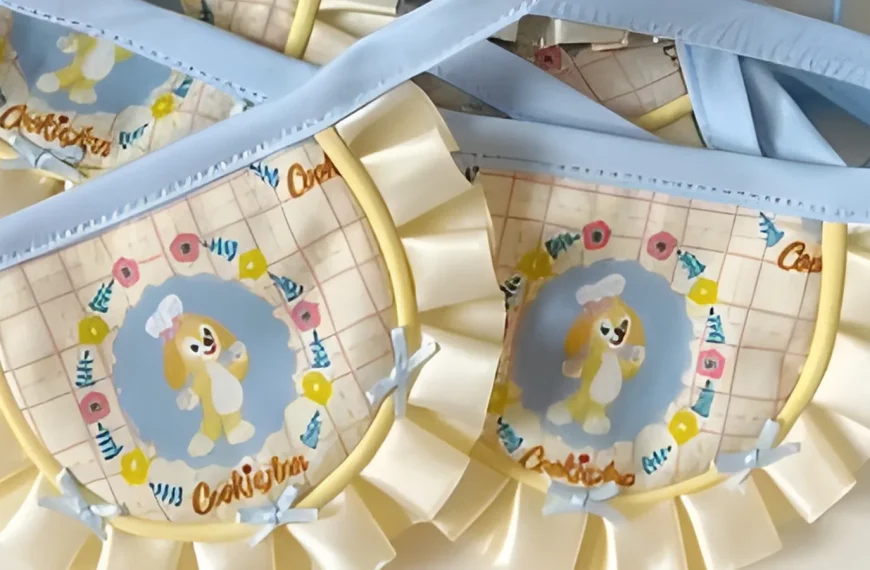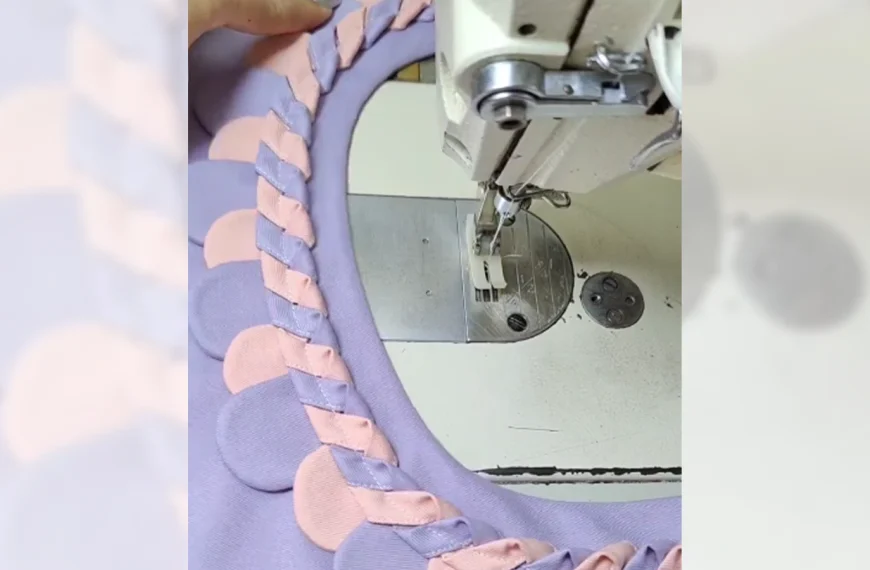Have you ever gazed at an old piece of furniture and pictured it with a fresh, new look? That’s the power of paint, and you’re about to wield it on upholstery fabric. In this blog post, you’ll learn how to paint upholstery fabric in easy steps.
Start by choosing the right type of paint for your fabric, ensuring it’s flexible and won’t crack. Gather your supplies—paint, brushes, and a textile medium if needed.
Before diving in, test a small area to ensure the paint adheres well and looks great. With each methodical stroke, you’ll see the fabric transform.
Remember, painting upholstery isn’t only about changing a color. It’s about giving your beloved furniture a second chance at making a first impression in your home.
Key Takeaways for Painting Upholstery Fabric
- Smooth cotton or poly blends are the easiest fabrics to paint on upholstery.
- Textured fabrics like velvet or heavy weaves can result in a patchy appearance. They may need alternative methods, like liquid dye or slipcovers.
- Acrylic paint mixed with a fabric medium or latex paint diluted with a fabric medium can effectively adhere to fabric fibers.
- Testing the paint on scrap fabric is crucial to assessing its texture and durability before applying it to the actual piece.
Types of Upholstery Fabric
Considering the type of fabric on your furniture is essential. You’ll find that smooth cotton or poly blends are usually the easiest to paint. When you aim to refresh your decor, fabric painting can breathe new life into your upholstery fabric. The type of fabric you’re working with will largely dictate the success of your project.
Smooth fabrics offer a straightforward canvas for fabric painting. Their even texture allows the paint to adhere uniformly, resulting in a crisp, professional finish.
On the other hand, textured fabrics, such as velvet or heavy weaves, present a challenge. The uneven surfaces can cause the paint to distribute inconsistently, leading to a patchy appearance.
Before starting, it’s crucial to test a small, inconspicuous area. This step ensures the paint’s compatibility with the upholstery fabric and helps you gauge the final look. For those tricky, textured fabric items, consider alternatives like liquid dye or slipcovers. They can help you achieve a more even color without the complications of painting over texture.
Choose the Right Type of Paint

After determining whether your upholstery is suitable for painting, you must select the appropriate type of paint. The type of paint you use is crucial. It affects both the aesthetic and the durability of your reimagined furniture.
Here are some options to consider for your project:
- Acrylic Paint: It’s versatile and provides a wide range of colors. When mixed with a fabric medium, it can adhere well to fabric and stay flexible.
- Latex Paint: Another popular choice for upholstery, which, when diluted and combined with a fabric medium, can penetrate fabric fibers effectively.
- Chalk Paint: Known for its matte finish, chalk paint can be used on fabric. But, it may need a fabric medium to improve flexibility.
- Fabric Medium: This additive is essential when using acrylic or latex paint. It thins the paint and increases its flexibility, preventing it from cracking.
- Commercial Fabric Paint: Specifically designed for fabric, these paints are pre-mixed with a medium and usually need less prep work.
Gather the Necessary Supplies
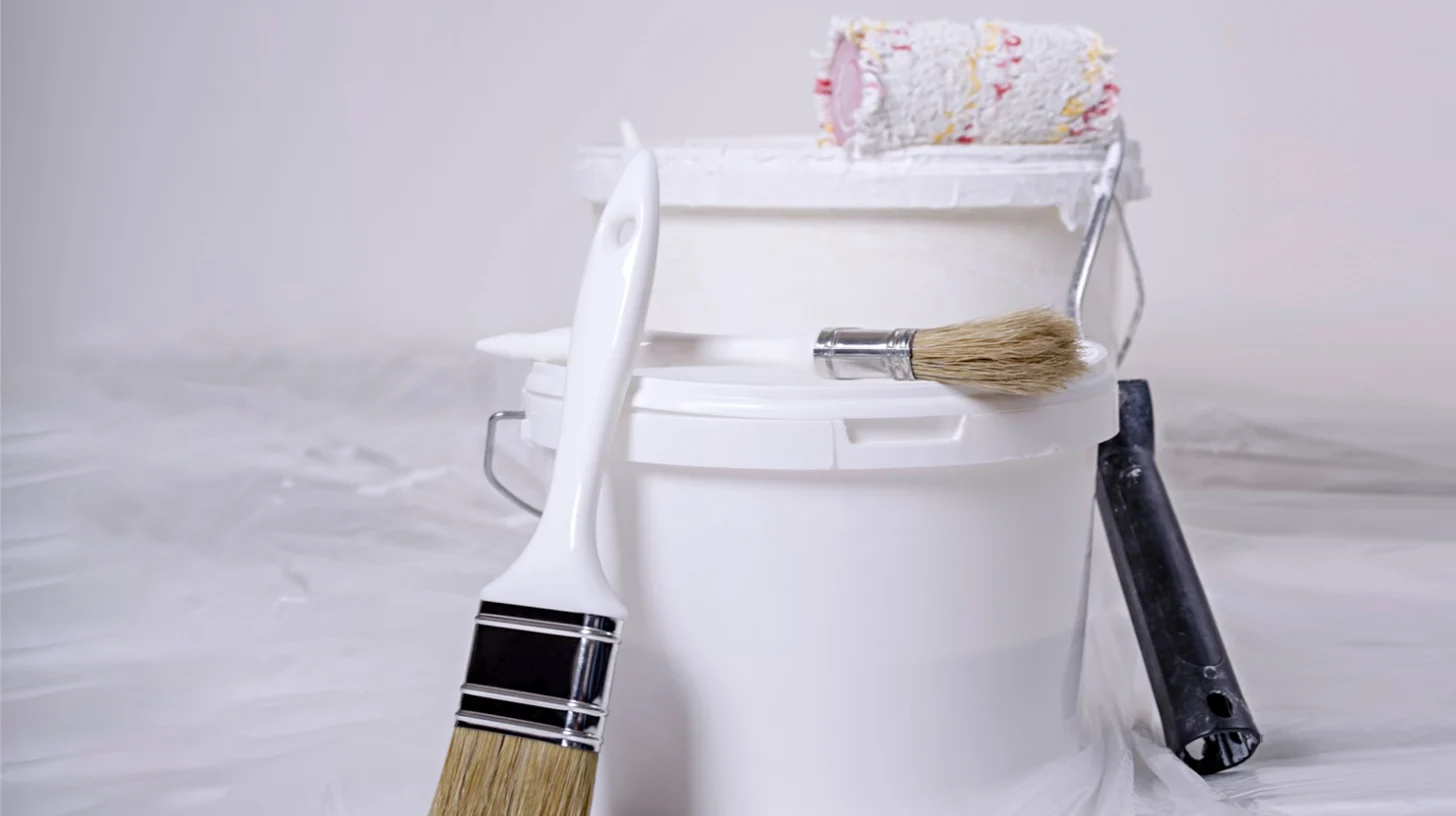
Gather your materials, including the chosen fabric paint and fabric medium. You’ll need a spray bottle filled with water to dampen the fabric before painting. It allows the paint to adhere better and spread more easily. Opt for a smooth cotton or poly blend fabric, which is ideal for absorbing the paint uniformly.
Before applying paint, prep your furniture by lightly sanding the surface with a fine-grit sandpaper. This roughens up the fabric slightly, ensuring better paint grip. After sanding, clean the upholstery to remove any dust or loose fibers.
Select a highly pigmented chalk paint for a rich, opaque finish. Chalk paint is famous for its exceptional coverage and matte look that can revitalize old fabric. But, it’s crucial to mix it with a fabric medium. Doing so will enhance the paint’s flexibility and prevent it from cracking once it dries.
For application, have a wide paint brush or a foam brush on hand. These are perfect for producing smooth strokes and getting into any crevice.
Do a Test First
Before starting your project, it’s essential to first test your chosen paints and methods on a scrap piece of similar fabric. This step will save you from potential disappointment and ensure that your fabric sofa gets the best possible finish. When painting fabric furniture, it is important to ensure that the paint mixture doesn’t react poorly with the material and that the final product does not feel stiff or uncomfortable.
Here’s how to conduct your test:
- Find a scrap piece of fabric that closely resembles the material of your upholstery to ensure the test results are accurate.
- Mix your paint with a fabric medium or fabric softener according to the instructions. This helps the paint adhere to the fabric and maintain a soft texture.
- Apply the paint mixture to the scrap fabric. Use the same method you plan to use on your actual piece.
- Allow the paint to dry completely. Then, assess the texture and durability of the painted fabric.
- Repeat, if necessary. Experiment with different ratios or additives until you find the perfect paint mixture that works for your project.
How to Paint Upholstery Fabric: A Step-by-Step Guide
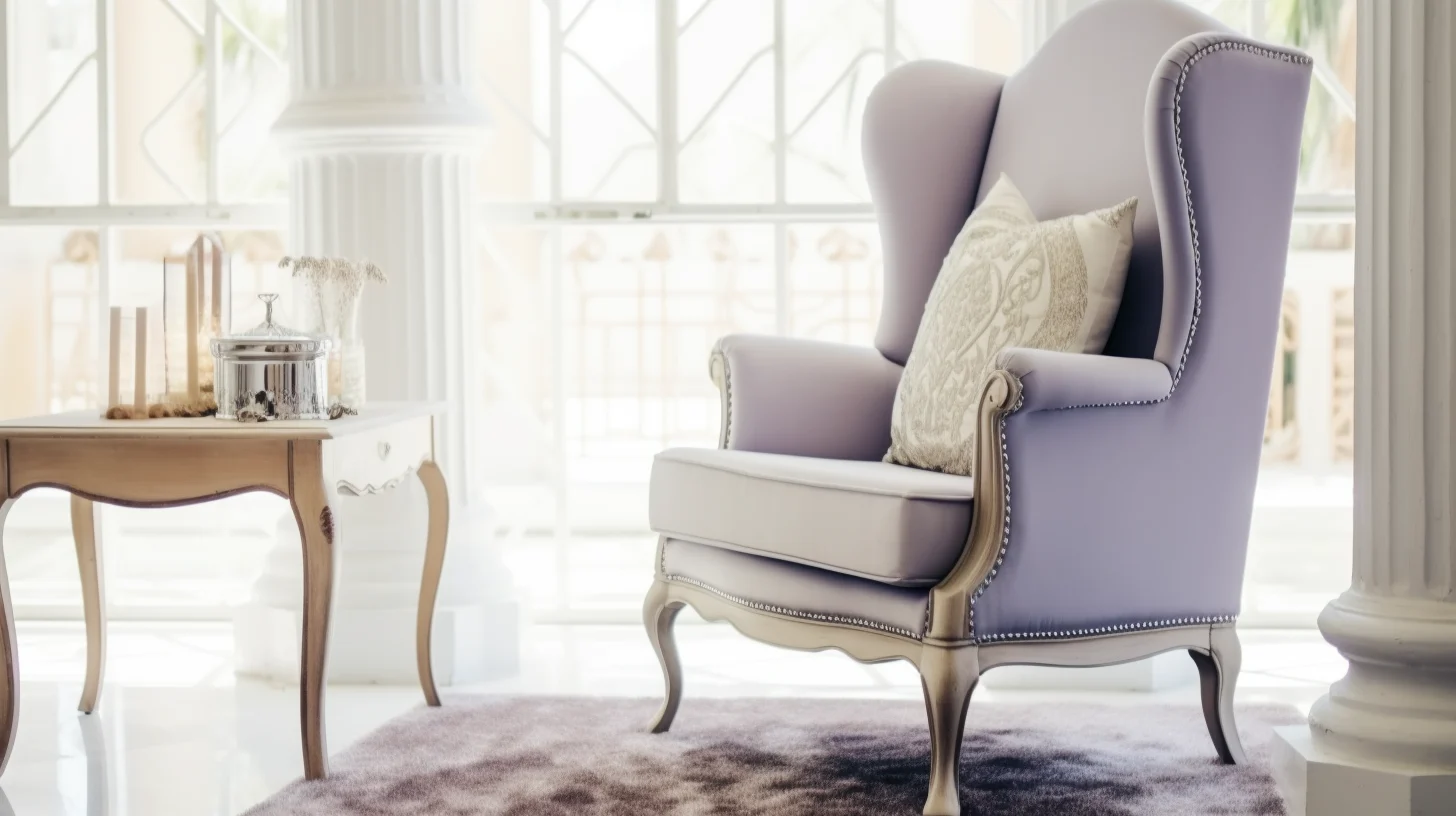
You’ll start by preparing your furniture piece. Ensure it’s clean and free of any grime that could hinder paint adhesion.
Next, prepare your choice of fabric paint. Potentially mix it with a medium to enhance flexibility and durability.
Once ready, apply the initial coat of paint, maintaining an even stroke to avoid streaks and ensure a smooth base for subsequent layers.
Step 1: Prepare the furniture
Start by vacuuming every inch of your upholstery to ensure a dust-free surface for painting. Thorough preparation is key to a flawless finish, so don’t skimp on this step.
Once the vacuuming is done, it’s time to move on to the specifics:
- Take off any removable cushions: This will make it easier to paint and ensure even coverage.
- Spot-clean stubborn stains: Treat any spots to prevent them from bleeding through the paint.
- Sand down any rough patches: A light sanding ensures a smooth canvas for your work.
- Protect non-fabric parts with tape: Tape off wooden legs and other areas not being painted.
- Dampen the fabric: A slightly wet surface helps the paint adhere better and spread more smoothly.
Step 2: Prepare the paint
Always ensure you’re working with the right type of fabric paint to suit your upholstery material for the best results.
To prepare the paint for your fabric furniture, start by thinning the paint if necessary. This will help you achieve a smoother application and a softer feel after the paint dries. If you’re using fabric dye, follow the manufacturer’s instructions to mix it properly.
Before you begin painting, wet the fabric slightly. This helps the paint adhere better and spread more evenly.
Step 3: Apply the first thin coat
You’re now ready to apply the first thin coat. Ensure the fabric is slightly damp for optimal adherence. This initial layer is crucial as it sets the stage for subsequent coats. It allows you to build up the color and finish gradually. Remember, patience is key.
- Spray water lightly across the upholstery fabric to maintain a damp surface without saturating it.
- Apply the first coat of paint using circular motions to ensure even coverage of all fibers.
- Expect the first layer to be absorbed significantly. The upholstery fabric is thirsty for that initial saturation.
- Allow the first coat to dry for 2-4 hours before considering extra coats.
- For a more efficient application, a paint sprayer can evenly distribute the paint fabric without heavy-handedness.
Step 4: Sand the first coat surface
Once your first coat has dried, gently sand the surface with extra-fine sandpaper to ensure a smooth texture for the next layer. Choose sandpaper with a grit of 320–400. This will be abrasive enough to smooth the paint without damaging the fabric. Use a sanding sponge or sandpaper and work in a circular motion to evenly abrade the painted surface.
This step is crucial. The first coat often leaves a somewhat rough texture because the fabric absorbs the paint. Sanding not only helps to soften the texture but also prepares the surface for subsequent layers of paint.
After sanding, be sure to remove any dust and allow the fabric to dry completely before proceeding.
Step 5: Paint and sand again
After you’ve sanded the first coat and removed any dust, apply a second layer of paint. Ensure you’re working with a clean, smooth base for optimal adhesion.
To paint upholstery effectively, it’s vital to repeat this process, building up the color and finish gradually. Here’s a step-by-step guide:
- Apply Paint: Evenly spread another coat of paint over the fabric.
- Let Dry: Allow the paint to dry thoroughly before touching it.
- Sanding Process: Once dry, sand the fabric lightly with extra-fine sandpaper.
- Dust Off: Remove all sanding dust to prepare for the next layer.
- Repeat: Continue to apply paint, sand, and clean until you achieve the desired coverage and texture.
This method ensures a durable and professional finish for your painted upholstery.
Step 6: Seal the upholstered furniture
With your final coat of paint dry, it’s time to seal the upholstery. This ensures your hard work stands up to daily use and wear.
Apply a top coat of wax or liquid sealant following the manufacturer’s guidelines to preserve your painted upholstered furniture project. This top coat of wax or sealant acts as a barrier, protecting the paint from stains and fading.
Carefully work the sealant into the fabric. Make sure to cover all painted areas evenly. Allow the sealant to dry thoroughly, following the recommended curing time, before using the furniture.
This step is crucial as it helps to maintain the fabric’s refreshed look and feel. It seals in the color and safeguards your newly painted upholstery against the rigors of everyday life.
Additional Tips for Successful Upholstery Painting
To ensure your upholstery painting project succeeds, you’ll need to select the appropriate fabric paint. Remember, upholstery needs a specific type of paint that won’t leave your fabric stiff or uncomfortable.
When painting a chair or any other upholstered furniture, you must prepare the surface properly to achieve the best results. Here’s a concise guide:
- Prepare the Surface: Before you start, clean the fabric thoroughly to remove any dirt or stains, which will help the paint adhere better.
- Choosing the Right Paint: Opt for fabric paint and fabric medium blends that are flexible and designed for upholstery to avoid a crunchy texture.
- Even Coating: Use a paint sprayer for large pieces to achieve even coverage and avoid brush marks.
- Layering: Allow each coat to dry completely. Rushing might save time initially. But it can ruin the final look with an uneven color.
- Durability: After the final coat, apply a clear topcoat to protect your work. This can ensure that one coat of paint lasts longer and withstands daily use.
Final Words
You’ve done it! Your once-dull fabric chair now boasts a fresh, vibrant hue that transforms your space. Remember, choosing the right paint and preparing with the proper supplies were key.
Your patience paid off—those carefully applied coats dried flawlessly. With every brushstroke, you’ve not only refreshed a piece of furniture but also sharpened your DIY prowess.
Embrace this confidence for future projects. With the right approach, you can revitalize any room.
Now, sit back and enjoy your handiwork!
FAQs
What kind of paint do you use for upholstery?
You’ll use acrylic latex or fabric paint mixed with a medium, ensuring it suits your upholstery type. Always test before applying to avoid stiffening the fabric.
Can you paint upholstery with fabric paint?
You can paint upholstery with fabric paint, but ensure it’s compatible with your material. Prep thoroughly, apply evenly, and let each coat dry fully for the best, most durable results.
How do you paint upholstery and keep it soft?
To keep painted upholstery soft, you’ll want to use diluted fabric paint, apply multiple thin coats, and sand between layers. Always test on a small area first to ensure the desired softness.
Does painting upholstery make it stiff?
Painted upholstery can become stiff. But you’ll prevent this by using diluted paint, sanding between coats, and choosing the right fabrics. Proper techniques ensure a softer finish, enhancing your furniture’s comfort and appeal.
Get more DIY tips on Longan Craft Blog! Dive into the fabric world with Longancraft!

